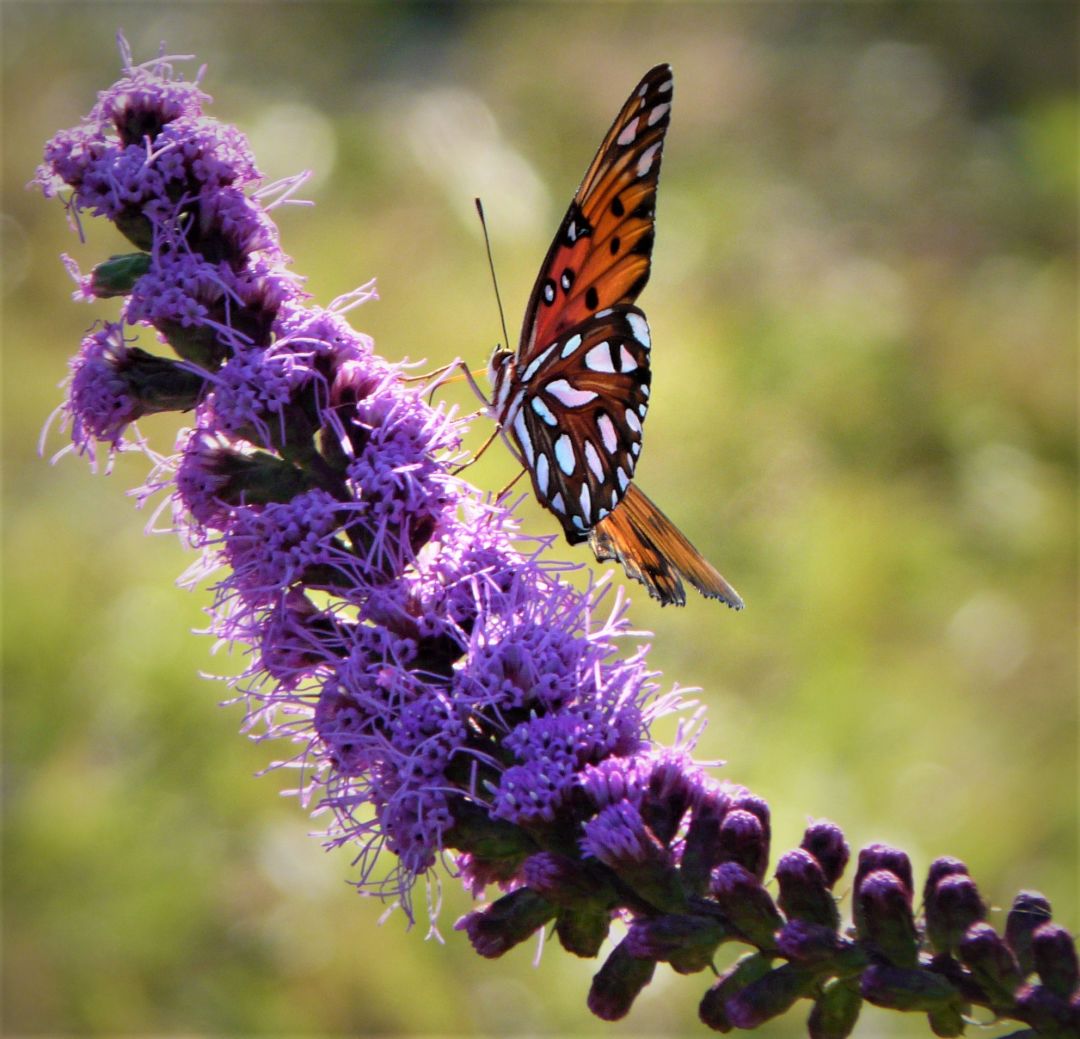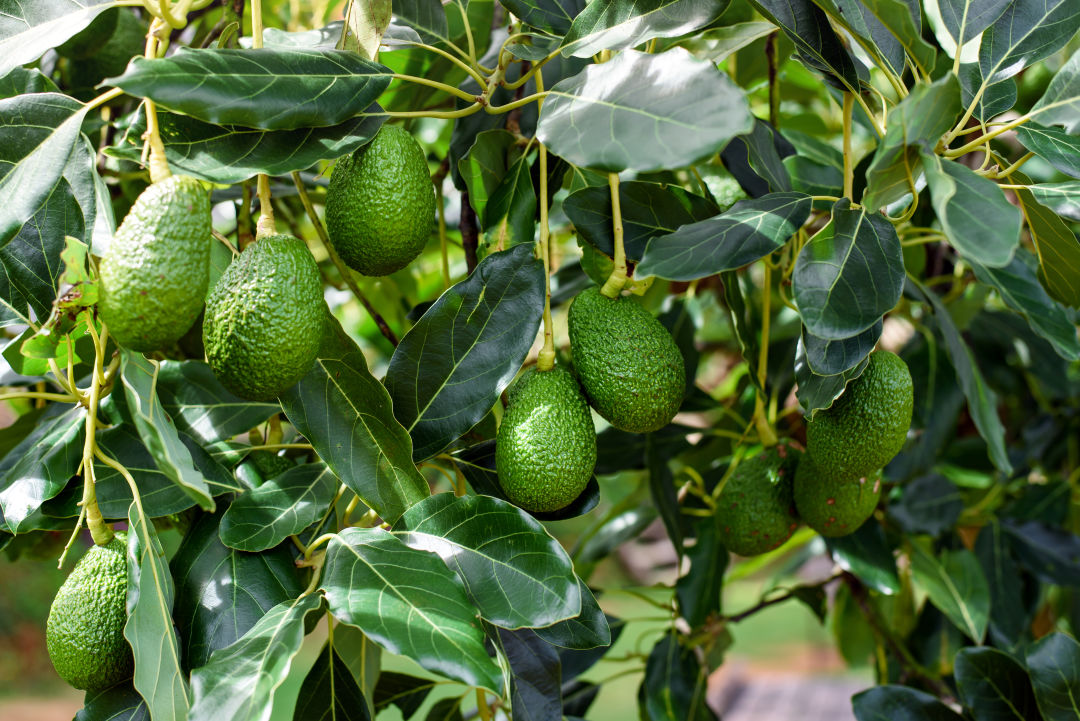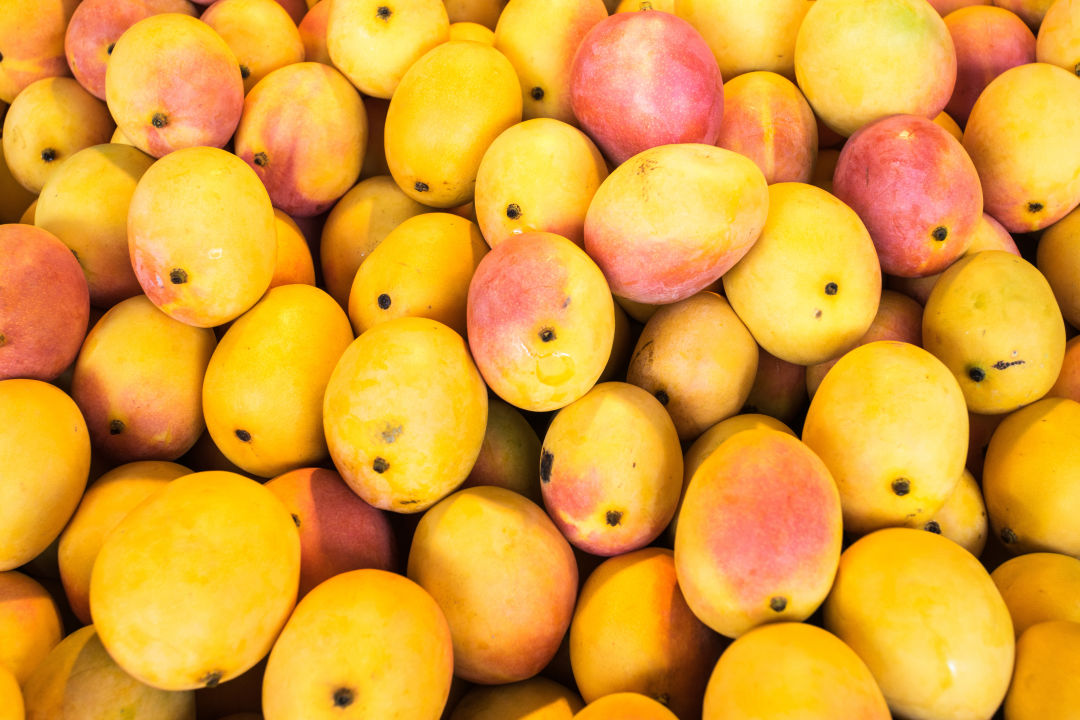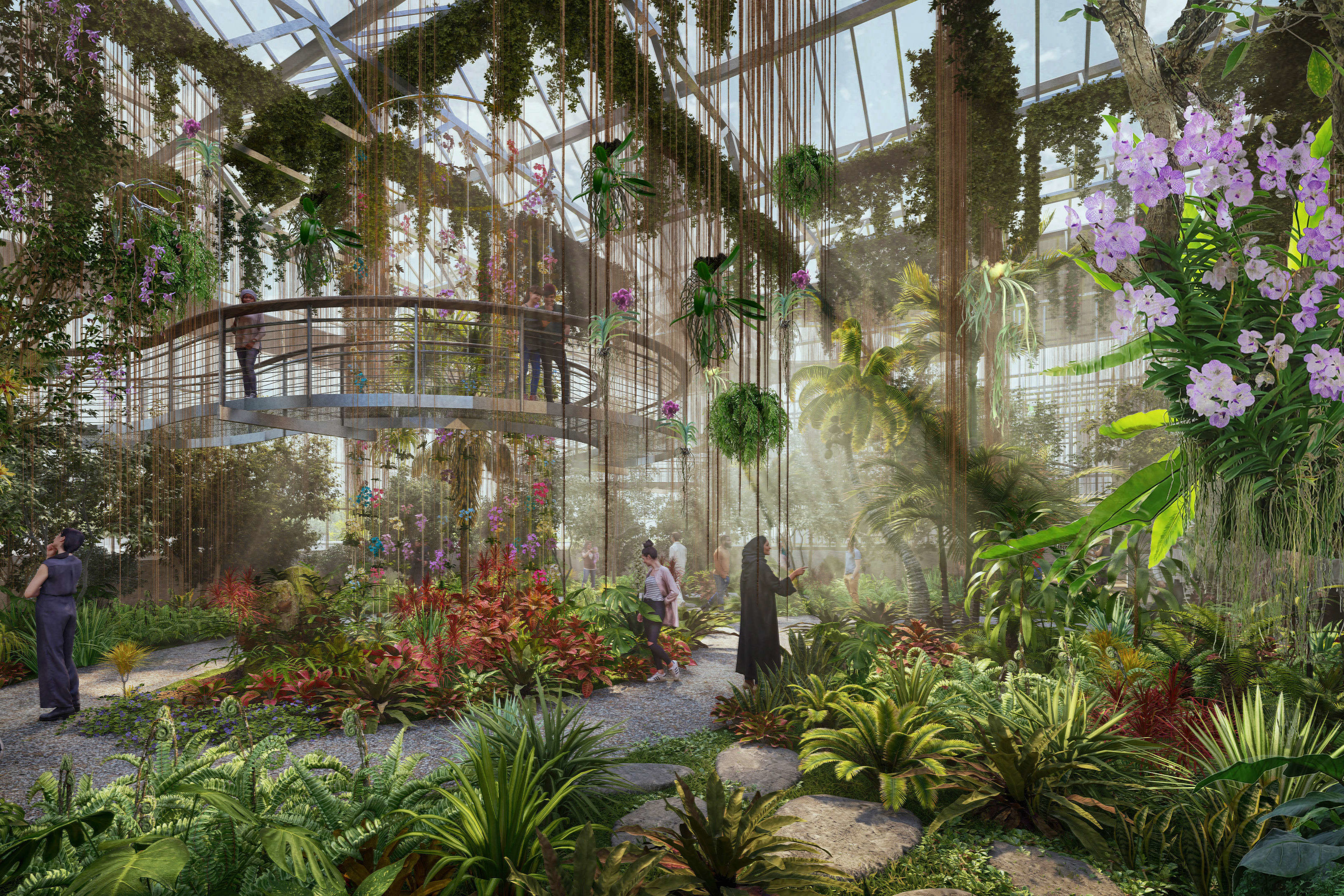Looking to Grow a Garden This Spring? Here Are Some Tips to Get Started

Gulf Frittillary on a Liatris flower. Plant now for fall flowers.
Image: Wilma Holley
Are you looking to start a garden this spring? Thanks to Florida's beautiful weather, there are a variety of flowers and vegetables you can grow that will flourish at this time of year. (Plus, being outside has proven health benefits, too.)
Here are some tips from University of Florida's IFAS extension site in Sarasota County on what to do—or not do—when you're plotting out your garden.
What are the best flowers to grow?
Perennials are plants that last two seasons or more. These include Florida-friendly pentas, azaleas, jasmine and gaillardia, which are in full bloom during the months of March and April. They can withstand direct sunlight, except for azaleas, which are usually found growing under the shade of an oak tree in acidic soil.
Annuals-or those that need to be replanted seasonally, include sunflowers of all sizes, zinnias and celosia. Some other plants you might find blooming in our area are gaillardia (or blanket flowers), beach sunflowers and salvias. Porter weeds, rosinweed and milkweeds like Asclepias tuberosa are native, low growing plants that attract beautiful butterflies this time of year.
Which of these plants are easiest to keep alive?
"Most of these plants are easy to keep alive when you water the proper amount and allow the plant to get established in rich soil," says UF/IFAS Florida-Friendly Landscaping Program Specialist Wilma Holley. If you don't have a green thumb, you can check out IFAS' guide to Florida-friendly plants to see which appeal to you and which grow best.
How much should you water flowers?
"A general rule of thumb for rainy season, which begins in late May/early June, is 3/4-inch of water per week, depending on rain," says Holley. "If the rain provides a half-inch or more of water, do not turn on your irrigation system that week, or add additional water." For the plant to establish in the soil, flowers need water every day or every other day. Once established they may need water once a week. More information on rainfall and irrigation can be found here.
What about potted plants?
"If plants have the tendency to be invasive or aggressive with their root systems, it is best to keep them in pots," says Bostick. "Mint is a great potted herb to grow, and produces beautiful flowers." Plants will flourish in pots if they have enough sunlight and space to grow their root system.
What conditions should the soil be in?
Soil in Sarasota is sandy, which means it doesn't hold nutrients or water well. You'll need to add organic matter to enrich the soil, such as a compost or mulch, which keeps weeds down and soil from overheating. Edible plants will need even more organic matter, especially if grown in a raised bed, as soil dries out fast and needs extra nutrients.

Image: jaboo2foto/Shutterstock.com
What about growing vegetables? Which are in bloom right now?
"Mangoes and avocados are blooming, as well as citrus," says community and school gardens coordinator Mindy Hanak. Other vegetables that you'll see in gardens right now are broccoli, cauliflower and cabbage, but as soon as the summer temps rise, they won't do well. Vegetables that survive in the Florida heat include okra, peppers, tomatoes and sweet potatoes, most of which won't bloom until summer if you plant them now. "We are getting toward the end of vegetable season as far as edibles go, so if you are going to plant something, plant it now, or wait until next Fall."
Other plants that do well in heat are Seminole pumpkins, lemongrass and eggplant, if you plant them now. IFAS has an edible gardening online series which provides more information.
Which are the quickest and easiest vegetables to grow?
"Sweet potatoes, tomatillos, peppers and eggplants are also easy to grow right now," says Bostick. "They are low maintenance, have high insect resistance and come in many varieties."
Bush beans germinate really fast, as do radishes and lettuce. "Radishes are ready to harvest is 21-29 days after planting, however, they do not like hot weather, so if you want them, grow them now," says Bostick. "Lettuce from seedlings to a full head are ready to harvest in about one month, and sweet potatoes take about 80-100 days."
Where should your vegetable garden be located? What supplies do you need?
Edible plants needs at least six hours of sunlight per day, so plant your garden in a sunny spot—the brighter, the better.
"If you are starting a garden for the first time, I recommend finding a Florida-specific gardening book," says Bostick. "This will be an easy-to-follow guide." In terms of other supplies, IFAS recommend hand tools for smaller scale gardens, a regional reference book of good and bad insects, a hand lens, or magnifying glass to search for small pests, and gardening gloves.
"It's all about 'right plant, right place and right season,'" says Hanak. "Sometimes people bite off more than they can chew, so stick with plants that thrive here in spring."

Image: Darren Tierney/Shutterstock
How do you know when vegetables are ready for harvest? How often should you be checking them?
Knowing when to pick certain vegetables can be a matter of determining its firmness, color and size. Always do your research about each vegetable and what it looks like when ripe. If you leave plants for too long, pests can infest your garden and bring unwanted diseases. UF/IFAS Chemicals in the Environment Agent Carol Wyatt-Evens says that if a plant is left in the garden, starts to decline and is not being taken care of, the plant will draw in pest insects that can transmit disease. If this happens, pull the plant and throw it away instead of composting it, so the infestation doesn't spread to other plants.
"Check on your plants once a week, and then twice a week as the rainy and warmer season begins," says Wyatt-Evens. "Pests like aphids can populate from a single bug to 20,000 in a matter of three weeks, and they love nitrogen-rich plants, so keep an eye out for them."
You will know when a plant is doing well if you lightly tug on its base and the roots stay firmly in place. Edible plants must be watered frequently when first transferred to the soil, and should not be planted too deep. Once the roots take hold, they can be watered slightly less frequently.
How can you keep pests away naturally?
"There is a difference between pests and natural enemies in Florida," says Wyatt-Evens. "Natural enemies eat the pests, so are necessary for a garden's health." Natural enemies commonly found in Florida include lacewing larvae, lady beetle adults and larvae and praying mantids. If further control is needed for the pest insects, use biorational pesticides, horticultural oils, insecticidal soaps or microbials as spot treatments, and as needed. Always follow the product label instructions.
For more information, call (941) 861-5000, or email [email protected] for gardening help.



